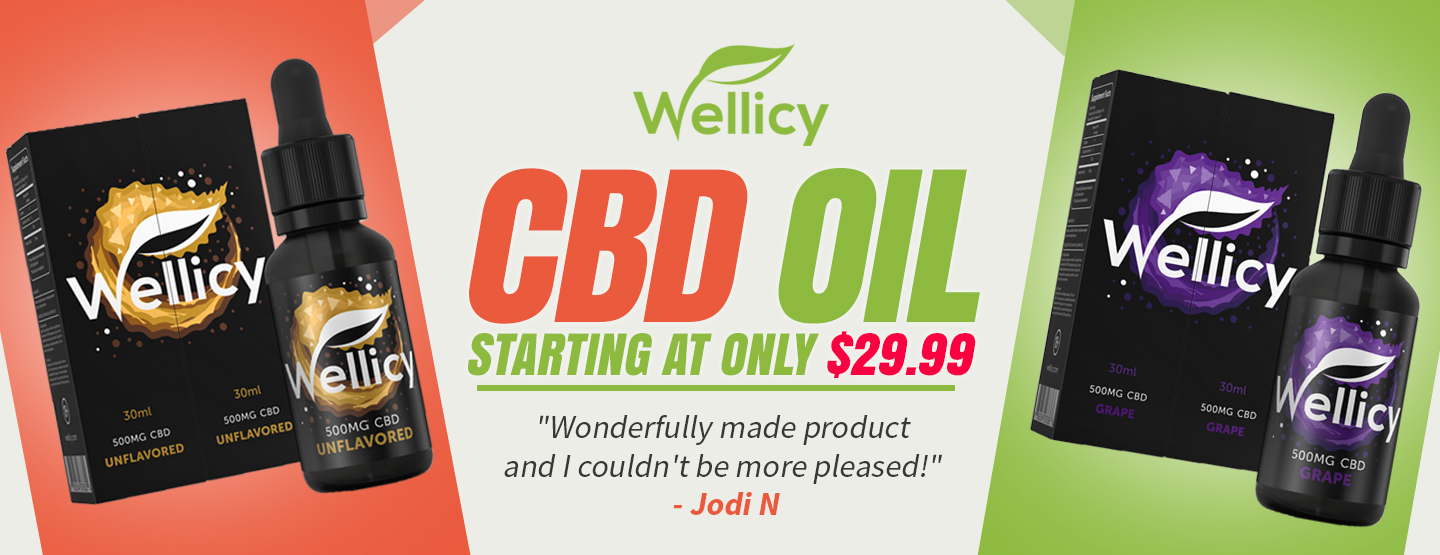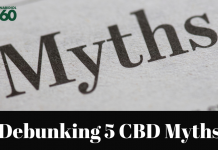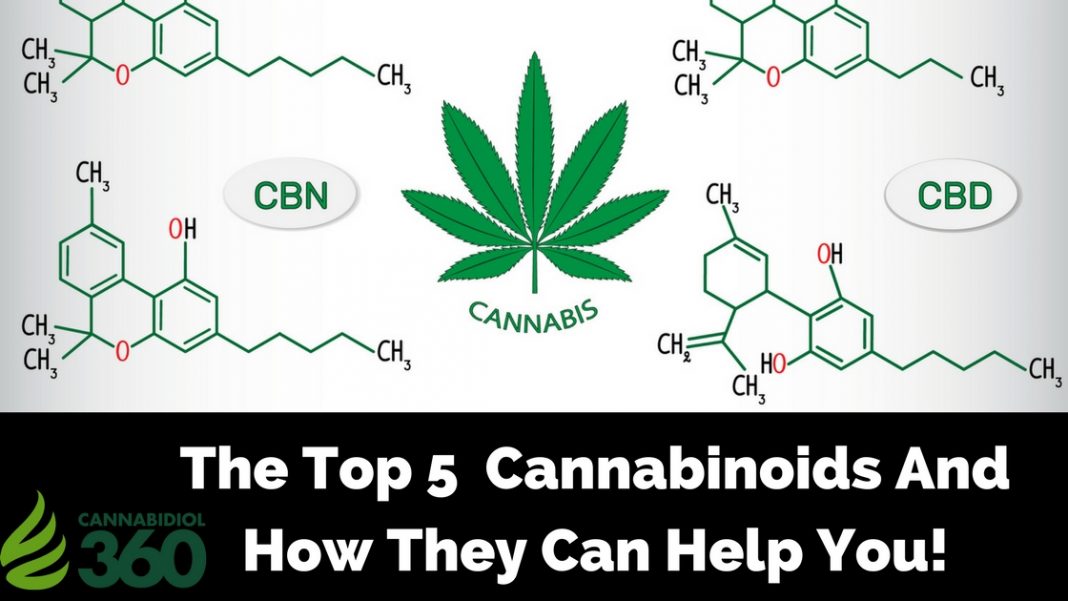
Marijuana is quite possibly the most miraculous element on earth. For something that has been the subject of contention for so long things sure have turned around for the better.
Conversations are happening openly about using the herb for one reason or another. More countries and US states are legalizing it by the day.
Before you pass judgement, it is important to know exactly what is in cannabis that makes it so potent. To understand how the different elements in cannabis work with your body systems to promote homeostasis.
Cannabinoids are chemicals in the plant that fit into your different body systems for achievement of optimum performance. These cannabinoids interact with your body’s own version of the same for different purposes.
Some achieve relief from anxiety while others promote general wellness. Some do not communicate with the endocannabinoid receptors at all but rather affect them from the sidelines to manipulate a specific condition into existence like production of dopamine for example.
A regular cannabis plant will not have active cannabinoids. This is why it is so important to carboxylate. The process turns the acids into cannabinoids. THC for example will be descendent from THCa. CBD will be descendent for CBDa. Decarboxylation turns the acids into simpler elements that are more palatable for your use in the human biological processes.
THC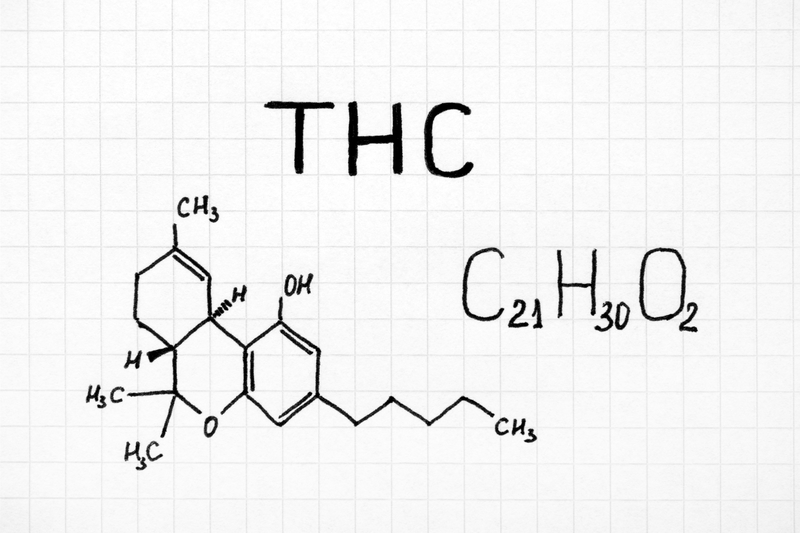
In full, this is called Delta (9) Tetrahydrocannabinol. This fits perfectly into the CB1 receptor. This cannabinoid is an agonist of the CB1 receptor. It is therefore best used to manage eating disorders or to help you let loose and have fun.
THC might lead you to have a skewed sense of time, so be prepared for the munchies and lots of laughter!
THC is found in the dried resin glands of the female cannabis flower. The male flower does produce THC but only in small quantities. The molecular structure of THC is meant to promote an altered mind.
Before the mergence of CBD, strains were developed to enhance the THC content. The psychoactivity did not hold water against the medical benefits derived. THC is still an effective painkiller.
1) Delta (8) THC
In 1995, eight children with different cancers were given a dose of this cannabinoid. This was after different medications were used to no avail.
It was administered two hours before chemo sessions then every six hours for 24 hours after. The result was nary a negative side effect of chemotherapy. The children were able to tolerate their cancer treatment better.
This cannabinoid has much lower psychotropic effects than the Delta (9) which makes it useful for the children.
2) THCV
This cannabinoid has the same molecular structure as the Delta (9) but variably different effects. With regards to appetite, it induces a complete opposite effect by suppressing it.
It also helps the fight against diabetes by reducing insulin resistance among other actions.
CBD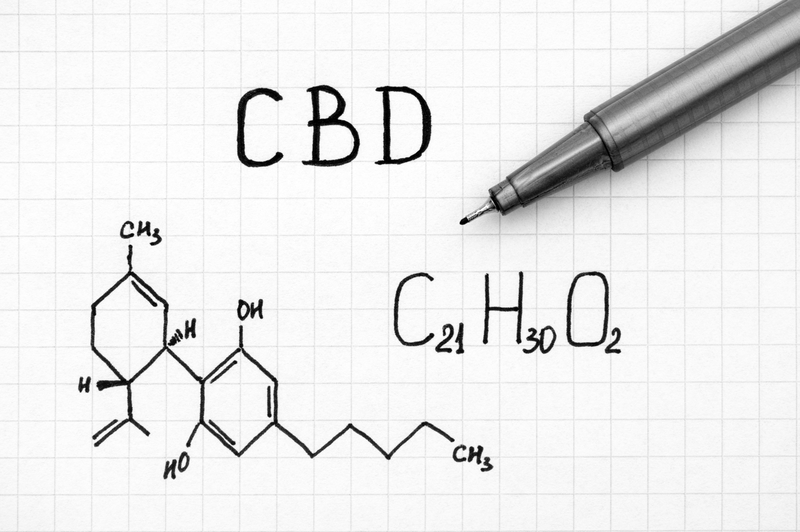
Cannabidiol (CBD) showed up in the arena and grabbed the spotlight from THC. It is preferred for medicinal use because it doesn’t induce psychoactivity. It is strictly medicinal and pure boredom for recreational use.
In fact, sections of the cannabis research community say that CBD can combat the negative side effects of THC. It is said to bind on an allosteric site on the receptors thus compromising the orthosteric bond of THC. This particular cannabinoid can be used on pets for several purposes like skin and animal cancer.
This barely fits into the receptors. It manipulates the endocannabinoid receptors. It is also famous for being able to manipulate other non-endocannabinoid receptors like the adenosine and 5HT1-A.
They are instrumental in the production of dopamine and serotonin respectively. Through these interactions, Cannabidiol is able to abate depression and anxiety.
A lot has been uncovered about CBD. Research is still uncovering more. The Hebrew University of Jerusalem has especially been on the forefront of the CBD revolution. The cannabinoid has been found to be effective for smoking cessation, staying on the wagon of recovery from alcohol and substance abuse and addiction, neurogenesis and schizophrenia.
CBD oil also has a propyl descendant which appears in most traces in CBD rich strains. Studies and trials have been conducted on adult and child epileptic patients for the purpose of an all around therapy.
It has been found that CBDV is indeed an anticonvulsant. It interacts with the Vanilloid receptor 1 which is responsible for seizures. By compromising this receptor, CBDV effectively reduces the seizures suffered.
CBN 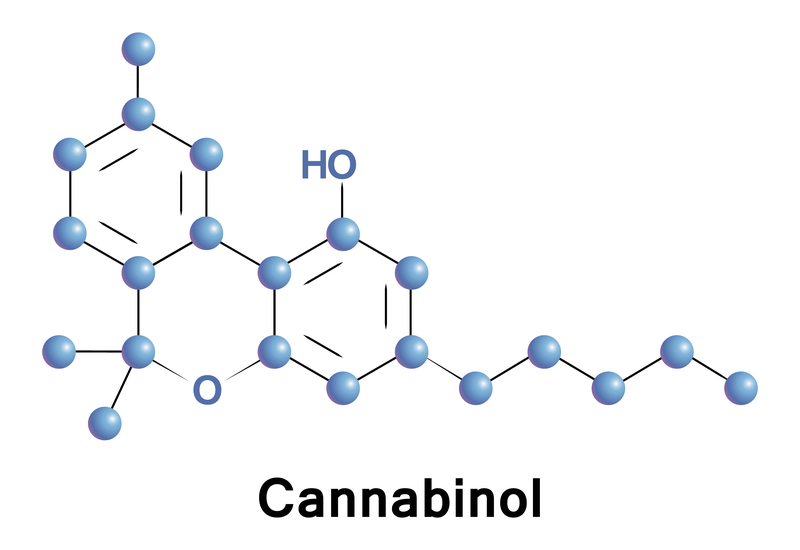
Keep some dried cannabis until it goes bad. The resultant cannabinoid after the cannabis ‘rots’ is Cannabinol. The THCa in the dried cannabis before ‘rotting’ breaks down upon going stale and becomes cannabinol.
This cannabinoid has been said to modulate adenylyl cyclase which is an essential element in some key biological processes for the general wellness of a human being.
Research with laboratory rats showed that with the intervention of CBN the rats ate more, were quicker to eat and ate for longer. This proves the efficacy of CBD as an appetite stimulant. A study in 2006 proved that CBN could effectively help manage Lewis Carcinoma which is a type of lung cancer.
It has also been found that the onset of ALS symptoms can be effectively slowed down with this cannabinoid. Marijuana has been used to manage glaucoma for eons now. CBN is one of the cannabinoids responsible for its efficacy.
CBN is not available in as large traces as THC and CBD but good news is that only a little bit is required. It is a very strong sedative and antianxiety. Maybe with time more effort will be put into research like it was done with CBD and more benefits will be unearthed.
CBC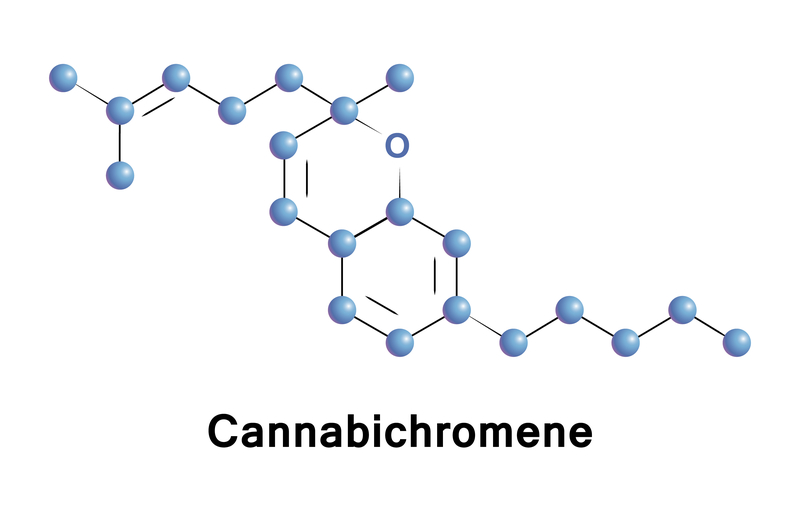
In 1980, a study was conducted using the rat paw edema study. It was fond that CBC was as effective as phenylbutazone for treatment. The dosage was quite small which led the scientists to believe that it would have performed even better in a larger dose.
CBC achieved the results without affecting the negative side effects of medication.
In 2010, a study provided proof that CBC worked with THC and CBD in what is termed as the entourage effect to promote antidepressant properties. Cannabichromene is a non-psychotropic cannabinoid. It does not manipulate mental activity and is not intoxicating which makes it great for medicinal purposes.
An animal study in 2012 evidenced the efficacy of CBC as diarrhea relief without reducing the transit time. This, in a drug market riddled with constipation based diarrhea medication.
In the next year, a mouse study outlined the role of CBC in neurogenesis and general brain homeostasis. In 2015, a study investigated CBC as a topical agent. It was found to be a very effective anti-acne tool.
Just like CBD, CBC also affects some non-endocannabinoid receptors. The TRPV1 and TRPA1 are significant in pain perception. CBC is also an antiviral and antifungal agent.
CBG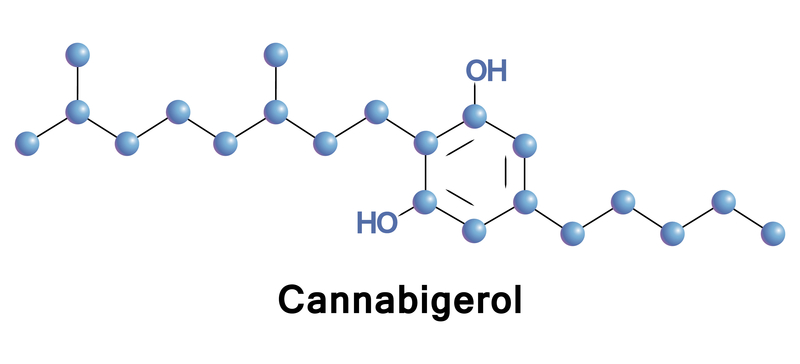
Cannabigerolic acid is the mother chemical for all cannabinoids. Through enzyme action that is broken down into the different constituents. In the end, cannabigerol the cannabinoid is left in very small traces of 1% or less. For this reason, scientists have tried to manipulate CBD rich strains by cross planting and other techniques.
They advise that the best time to extract and isolate CBG is 6 weeks into an 8 week cycle. This cannabinoid is still very effective and interacts with the non-endocannabinoid receptor responsible for serotonin production.
Studies have shown the potency of CBG for Irritable Bowel Diseases. It was also tested among five other cannabinoids and emerged the winner for effective bladder constriction. It is therefore effective in management of bladder dysfunction. The community has been excited about a possible cure for colorectal cancer by CBG as it has proved capable of inhibiting cancer cell growth.
CBG can also be used to relieve intraocular pressure for management of glaucoma in addition to being a vasodilator. A 2015 study introduced the use of this cannabinoid for treatment of neurodegenerative diseases.
Entourage Effect of CBD, THC, CBC, CBN, and CBG
Each phytocannabinoid is sufficiently impressive on its own with a specific set of medical benefits. However, the cannabinoids together make cannabis a powerhouse of body homeostasis and healing. The entourage effect is an important point to consider for a more wholesome medicinal experience.

